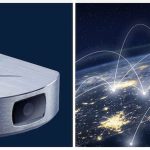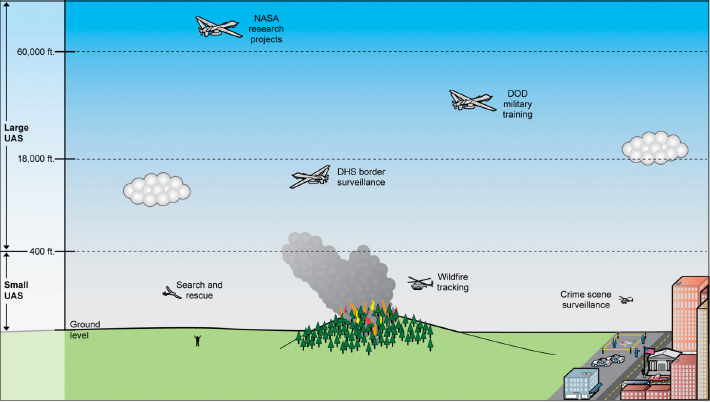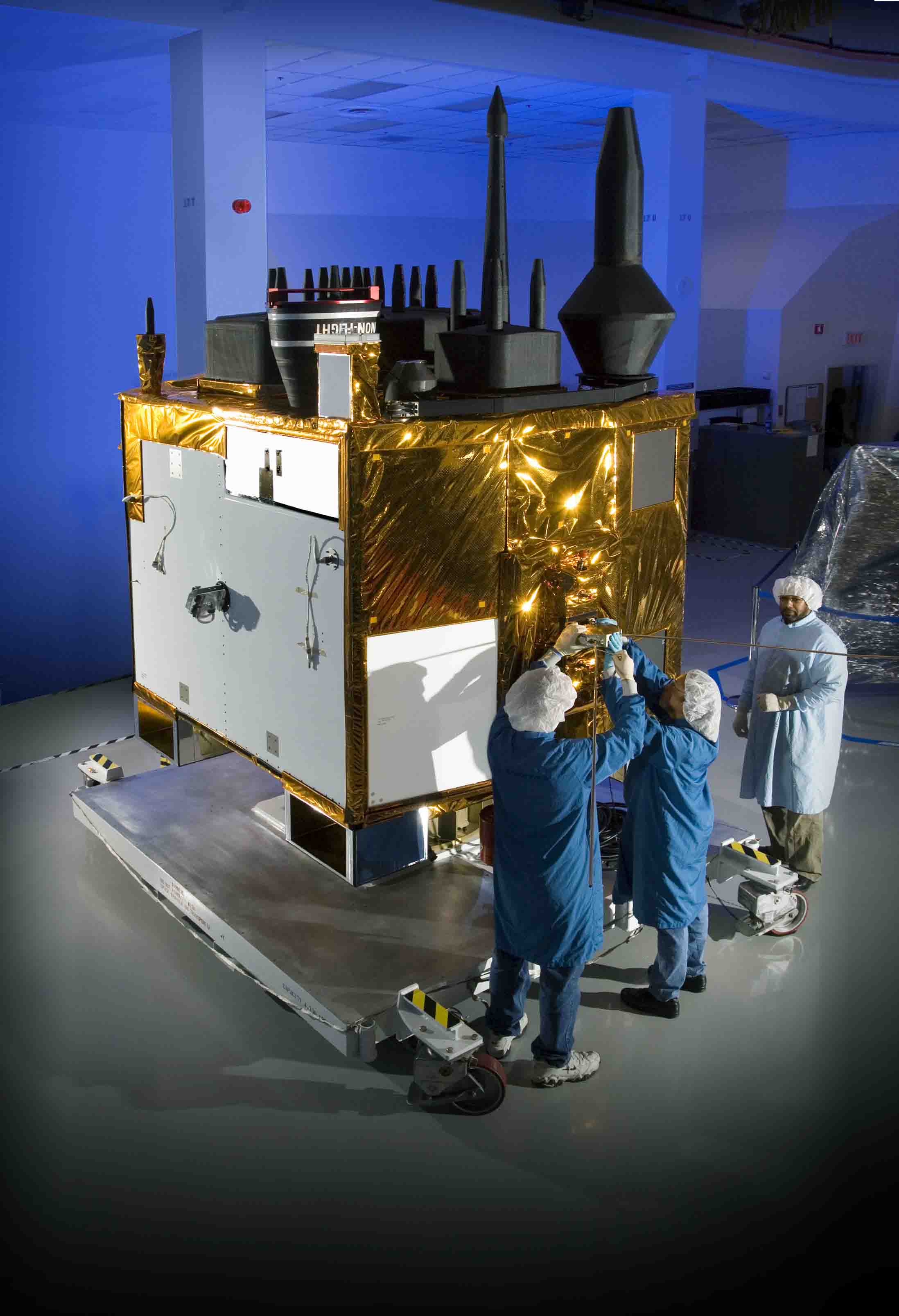
NASA’s May 3 announcement that its long-running Gravity Probe B (GP-B) mission had confirmed two key predictions derived from Albert Einstein’s general theory of relativity, mentioned GPS autoland techniques as one of the projects spinoffs.
However, the involvement of GPS technology and GPS experts in the mission was much deeper than the passing reference in a press release.
But first, the news.
NASA’s May 3 announcement that its long-running Gravity Probe B (GP-B) mission had confirmed two key predictions derived from Albert Einstein’s general theory of relativity, mentioned GPS autoland techniques as one of the projects spinoffs.
However, the involvement of GPS technology and GPS experts in the mission was much deeper than the passing reference in a press release.
But first, the news.
Conceived more than 50 years ago by two American physicists, Gravity Probe B (GP-B) was designed to experimentally investigate Einstein’s 1916 general theory of relativity —his theory of gravity. Stanford University has managed the program for NASA since the 1960s.
Built by Lockheed Martin and launched in 2004, the GP-B spacecraft used four ultra-precise gyroscopes and a telescope to measure the hypothesized geodetic effect, the warping of space and time around a gravitational body, and frame-dragging, the amount a spinning object pulls space and time with it as it rotates
"Imagine the Earth as if it were immersed in honey," says Francis Everitt, GP-B principal investigator at Stanford University. "As the planet rotates, the honey around it would swirl, and it’s the same with space and time."
GP-B determined both effects with unprecedented precision by pointing at a single star, IM Pegasi, while in a polar orbit around Earth. Data collection started August 28, 2004, and ended slightly less than a year later. According to NASA scientists, if gravity did not affect space and time, GP-B’s gyroscopes would have pointed in the same direction forever while in orbit. In confirmation of Einstein’s theories, however, the gyroscopes experienced measurable, minute changes in the direction of their spin, while Earth’s gravity pulled at them.
According to a paper accepted for publication in Physics Review Letters, analysis of the data from all four gyroscopes results in a geodetic drift rate of -6,601.818.3 milliarc-second a year (mas/yr) and a frame-dragging drift rate of -37.2 7.2 mas/yr. These compare with Einstein’s general relativity predictions of -6,606.1 mas/yr and -39.2 mas/yr, respectively.
A four-antenna GPS receiver on-board the spacecraft — with two antennas at the forward end of the spacecraft and two at the aft end — provided information about the spacecraft’s position and attitude. Positioning of the GP-B vehicle in space was accurate to a centimeter, benefiting from the absence of atmospheric effects on GPS signals.
GPS expertise for the program was assured by the presence of Stanford aeronautics and astronautics professors — and former directors of the NAVSTAR GPS Joint Program Office — Brad Parkinson and Gaylord Green. Parkinson joined GP-B in 1984 as program manager and co-principal investigator, continuing in the latter post. Green directed the GP-B program for Stanford University from 1989 until 2007.
Under the supervision of Parkinson, the centimeter-level GPS positioning developed for attitude control of the GP-B spacecraft, was re-purposed for other automated guidance and control applications in the early 1990s by Clark Cohen and a group of his fellow GP-B/GPS graduate students at Stanford.
After receiving his Ph.D., Cohen founded a company, IntegriNautics Corporation (now Novariant Corporation), to develop precision GPS guidance and control applications, such as an automatic aircraft landing system and automated precision farming.
In May 2006, Novariant’s Autofarm technology was inducted into the Space Technology Hall of Fame, and individual awards were given to Cohen and several colleagues at Novariant, along with Parkinson and Stanford’s GP-B and Hansen Experimental Physics Lab (HEPL) for their role in supporting this technology development.






